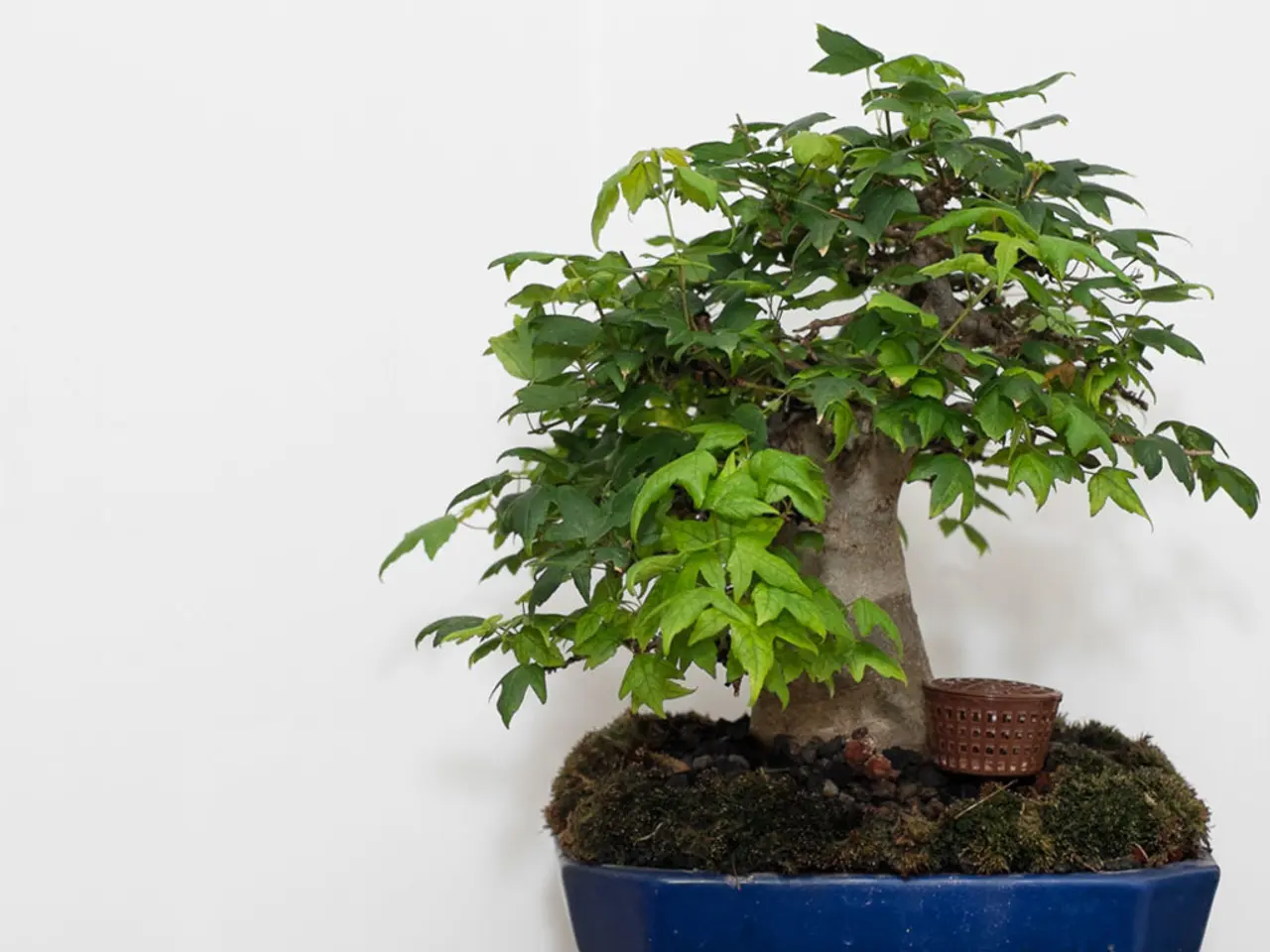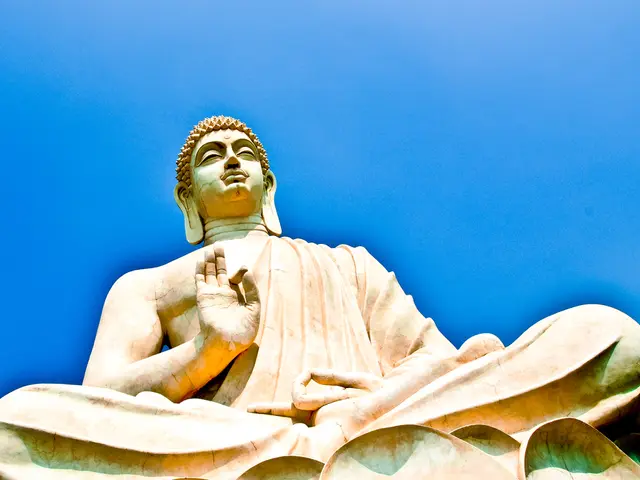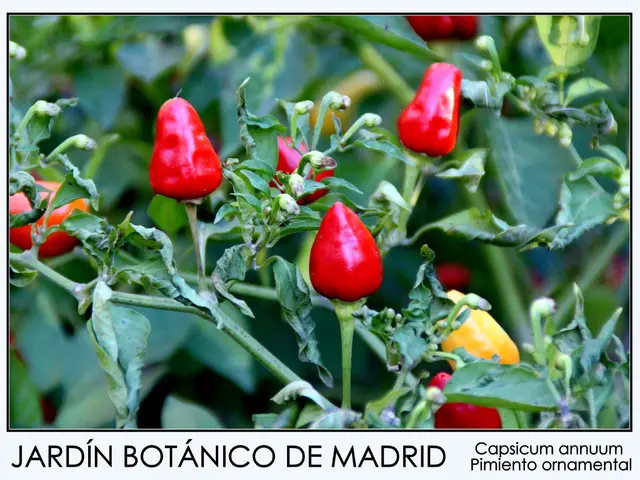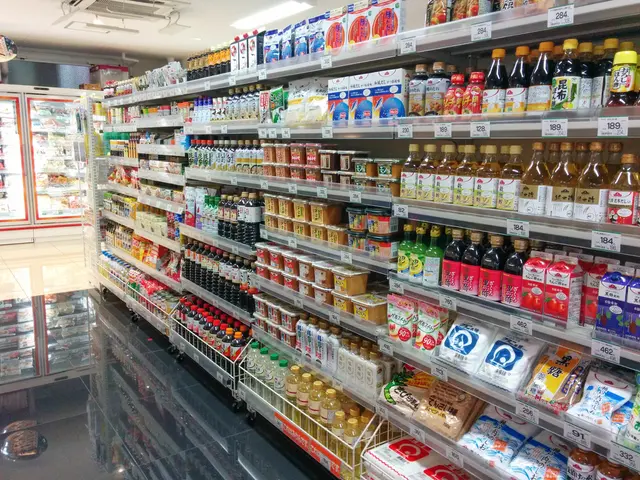Bonsai Pruning Science: Exploring the Internal Reactions
In the intricate world of bonsai, pruning is more than just shaping and sculpting miniature trees. It's a delicate dance between human intervention and the tree's natural responses, orchestrated by a complex interplay of plant hormones.
Ethylene, a plant hormone, plays a pivotal role in this dance, triggering a response to wounding and influencing the bonsai's subsequent growth patterns. Pruning creates open wounds, making bonsai trees more vulnerable to pests and diseases, emphasizing the importance of careful pruning practices.
One of the key hormones at play is auxin, primarily indole-3-acetic acid (IAA). Auxins produced in the apical buds typically suppress the growth of lateral buds through a process called apical dominance. When pruning removes the apical shoot, auxin levels decrease, leading to the release of lateral buds from dormancy and stimulating branching growth in bonsai trees.
Cytokinins, another essential player, synthesized mainly in roots, promote cell division and shoot formation. After pruning reduces auxin flow, cytokinin activity increases relatively, encouraging new shoot growth and branching.
Abscisic acid (ABA) often increases in response to pruning stress, leading to temporary growth inhibition and acting as part of the plant's stress response mechanism. Additionally, wound-induced jasmonates and other signaling molecules play a role in activating defense responses and healing at the pruning site.
These hormonal shifts allow bonsai trees to adapt growth patterns, encouraging bushier, denser canopy development essential for bonsai aesthetics. Such hormonal regulation is a central strategy in bonsai cultivation to control shape and vigor after pruning.
While direct bonsai-specific hormone studies may be scarce, the described hormone interactions reflect well-established physiological principles in plant pruning responses and are widely accepted in horticulture and bonsai care knowledge.
Pruning can be done throughout the year, but it's crucial to weigh the bonsai's growth cycles, dormant seasons, and species-specific needs to avoid stressing the tree and achieve peak results. Regular pruning influences the tree's ability to regulate water and nutrient uptake.
Ethylene promotes the development of adventitious roots, allowing the bonsai to regenerate lost roots and recover from pruning stress. In the domain of bonsai pruning, deliberate cuts catalyse a cascade of physiological responses, orchestrating a delicate balance between growth and restraint.
When selecting pruning tools for bonsai trees, consider the tree species, branch size, and desired outcome. Pruning older branches, making precise cuts just above dormant buds, encourages the tree to redirect energy, fostering backbudding and revitalizing its tired framework.
By grasping the intricate interactions between pruning techniques and tree physiology, enthusiasts can harmonize the forces of nature, coaxing forth magnificent miniature masterpieces.
- The delicate balance between growth and restraint in bonsai trees is also present in other human endeavors such as science, health-and-wellness, fitness-and-exercise, and nutrition, where conscious decisions and actions are carefully orchestrated to influence outcomes.
- Just as pruning influences a bonsai tree's ability to regulate water and nutrient uptake, adopting a balanced diet rich in essential nutrients and regular exercise can help individuals maintain optimal health and wellness.





